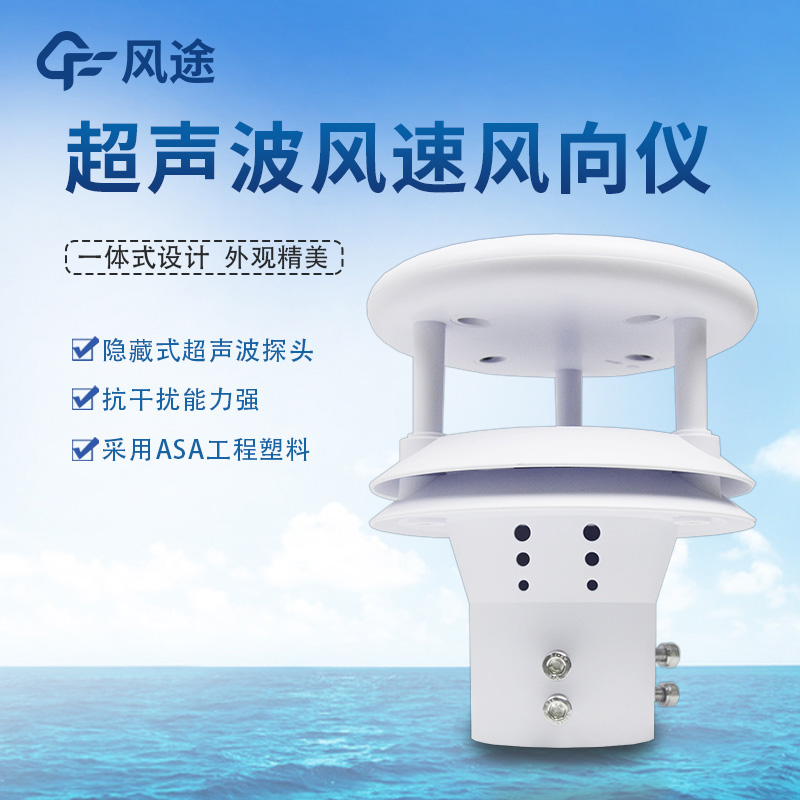Shandong Fengtu IOT Technology Co., Ltd
Sales Manager:Ms. Emily Wang
Cel,Whatsapp,Wechat:+86 15898932201
Email:info@fengtutec.com
Add:No. 155 Optoelectronic Industry Accelerator, Gaoxin District, Weifang, Shandong, China

Sales Manager:Ms. Emily Wang
Cel,Whatsapp,Wechat:+86 15898932201
Email:info@fengtutec.com
Add:No. 155 Optoelectronic Industry Accelerator, Gaoxin District, Weifang, Shandong, China
time:2024-11-25 09:33:45 source:Weather Station viewed:387 time
In ancient times, people initially perceived wind speed by observing natural phenomena. For example, they observed the swinging of trees and flags, and judged the strength of the wind according to the rustling of leaves and the degree of shaking of branches. Moreover, very early on, people regarded the phoenix as the "god of wind" and understood the wind through the air currents when the phoenix flew. Ancient China also invented wind measuring instruments. For instance, the "Xiangfeng Bronze Crow" in the Han Dynasty was one of the earlier wind vanes in the world. It determined the wind direction by the rotation of the bronze crow with the wind.
As time passed, in 1805, the Britishman Beaufort formulated the Beaufort wind scale based on the performance of objects on land and at sea in the wind. He divided it into 13 levels and added speed standards, which is still widely used in weather forecasting today.
In modern times, the mechanical anemometer emerged. It mainly relied on rotating blades. The faster the wind speed, the faster the blades rotated. The wind speed was displayed by a pointer. It was simple and easy to operate and was very popular among outdoor and amateur meteorology enthusiasts. Later, the electronic anemometer was developed. It measured with sensors and could display data in real time on a liquid crystal screen. Some also had a recording function, providing more accurate readings for professional meteorological work.
The Ultrasonic Wind Speed Direction Sensor measures wind speed and direction using the ultrasonic principle. It calculates the wind speed by measuring the time difference of ultrasonic wave propagation in different wind directions (such as the time difference method) or other related physical quantities. Its structure includes ultrasonic probes, microprocessors, etc., with an integrated design and no moving parts.
This sensor has high measurement accuracy and can accurately capture instantaneous wind speed and direction, including the high-frequency components of gust pulsation. It has no mechanical inertia and can achieve zero wind speed operation and omnidirectional measurement. It has a low maintenance cost and basically does not require on-site calibration.

agricultural sensors are used to detect information about the growing environment of agricultural crops, such as air temperature and humidity, light intensity, carbon dioxide and other data required for field cultivation....
There are many types of gas sensors, electrochemical, catalytic, infrared and photoionization, etc. Common types: catalytic diffusion sensors and electrochemical sensors....
rainfall detection is a device designed to detect the presence and intensity of rainfall, which can detect changes in rainfall in real time, regardless of sunlight, dust, leaves, etc....
Water is the most basic and important resource, and the quality of water sources is directly related to people's health. However, the development of industrial society has brought severe water pollution problems. Water quality monitoring from the source to the tap has become the core of ensuring...